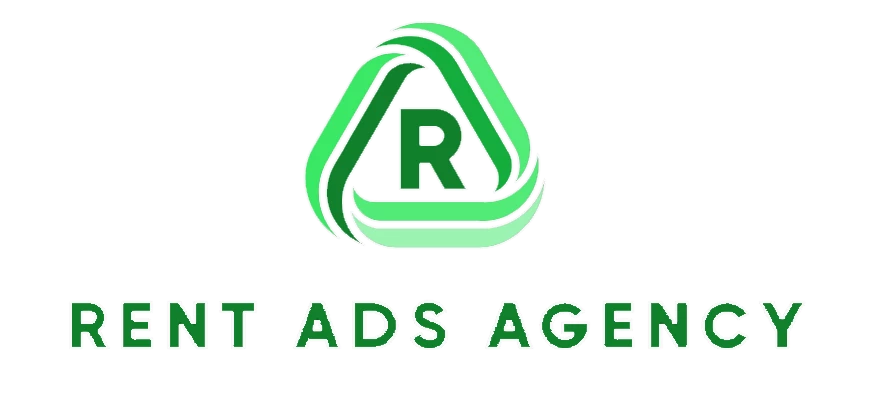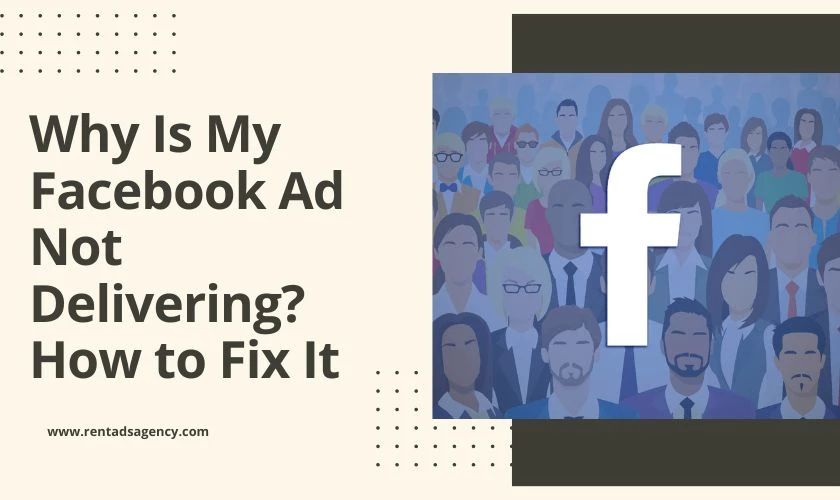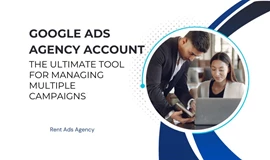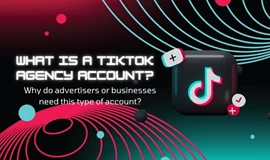Ever make an epic Facebook ad you just know will get tons of likes, but then... nothing? You refresh and refresh but your ad seems stuck at zero views. Ugh, so frustrating! But don't delete your account in anger just yet. Even professionals running big company Facebook pages sometimes see the annoying "Why Is My Facebook Ad Not Delivering" message.
The good news is this happens to lots of people. This article will help you understand the cause and how to fix not delivering facebook ads.
What Does 'Not Delivering' Mean on Facebook Ads?
The “not delivering” warning communicates that your target audience lacks exposure to your ads. Rather than seeing your content and engaging, your campaigns fade into the Facebook void. Both new and previously active advertisements can suddenly enter a not delivering status where they no longer reach intended users.
You’ll uncover delivery issues for specific ads via Facebook’s Ads Manager platform. Icons and messages indicate non-delivery, though the specifics vary. For example, technical problems may prevent release with an “Update required” sub-status. But other times, ads simply aren’t served to users because of inaccurate targeting, irrelevant content, policy violations, payment problems or an array of other root causes. Regardless of the “why”, not delivering confirms your ads are not generating impressions or communicating value. Resolving these blockers is key to reviving visibility.
Type of Facebook ads delivery status
When issues arise, the first troubleshooting stop is Facebook’s Ads Manager platform to examine campaign delivery statuses. Icons and messages clearly denote problems needing attention, warnings to monitor or confirm smooth active operation. For example, “rejected” signifies violations blocking launch while “learning limited” means inadequate data stalled optimization processes. You may also see “pending” for ads awaiting review or “processing” for recent edits.
Common statuses you may see
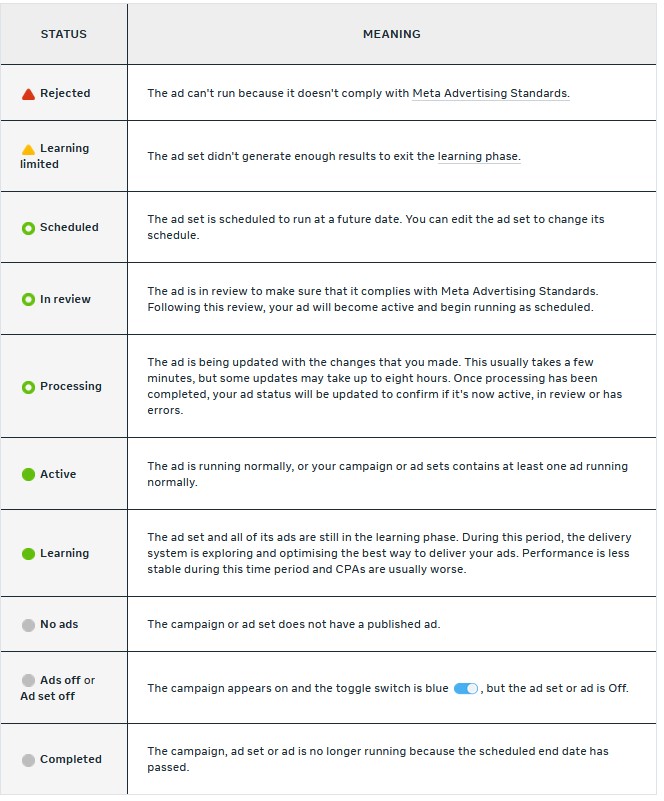
Active statuses confirm your content reached target audiences as expected. Conversely, “inactive” means concluded campaigns or disabled connected ad sets paused everything. Note delivery details only appear for enabled ads. Toggling off temporarily halts an ad’s reach and spend without losing work. You can also schedule ads to start running later by selecting future dates. Essentially, scrutinizing the delivery columns guides next steps whether that means editing, monitoring or simply waiting out review times through expected statuses before ads can successfully deliver impressions.
Common statuses icon means
![]()
Source: Facebook Business Help Centre
10 Reasons your Facebook ad not delivering Issues and how to fix
Several factors can contribute to your Facebook ad not delivering. Understanding these will help you troubleshoot effectively.
| Reason | Summary | Solution |
| Ad not approved | Violates content policies | Edit to comply with policies |
| Ad still in review | Pending approval process | Wait for review to complete |
| Low quality ad | Misleading or exaggerates | Improve clarity and accuracy |
| Exceeds 20% text overlay | Too much text on images | Reduce image text |
| Exceeded account spend cap | Hit max budget limit | Raise account spend cap |
| Inadequate budgets/bids | Too low to optimize | Increase budgets and bids |
| Target audience too narrow | Under 1,000 users | Broaden targeting |
| No conversions for optimization | No signal of interest | Switch to secondary conversions first |
| Audience overlap | Competing against self | Consolidate/differentiate campaigns |
| Scheduling mishaps | Dates block delivery | Fix start/end times |
The ad was not approved
Facebook enforces thorough advertising policies dictating appropriate content. Seeing a “Rejected” status means your ad likely contains violations. Problematic elements range from unsafe products, weapons and regulated substances to adult content, sensationalism, misinformation and banned activities. Even curse words can prompt prohibitions. Review policies closely to identify non-compliant imagery, text or landing page content. Common pitfalls include unsubstantiated claims lacking evidence, dangerous depictions, suggestive visuals and inaccurate messaging. Any perceived policy breach triggers automatic rejection status blocking delivery.
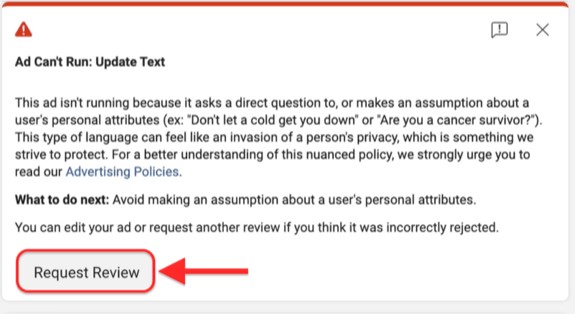
Solution:
To fix, carefully edit visuals to more neutral alternatives and rewrite wording avoiding anything indecent, dangerous or misleading. Stick to realistic depictions conveying clear, precise information aligned with each policy. Relevant, ethical content earns approval. However, mistakes happen, so if confident you acted appropriately, request another manual review. Thoroughly explain how your ad ethically aligns with each policy to appeal the decision. Providing context around imagery and demonstrating overall truthfulness generally overturns unfair rejections upon further inspection. The goal is crafting content meeting Facebook standards so your ad can deliver without hindrances.
Your ad is still in review
Don’t mistake a “pending” status for outright rejection. Facebook’s review process evaluates ad content compliance with policies before approving delivery. Most pass within 24 hours, but changes to targeting, creative, billing or optimization settings sometimes require extended inspections spanning days. Rather than denial, pending review signifies your ad contents remains under examination before potential authorization.
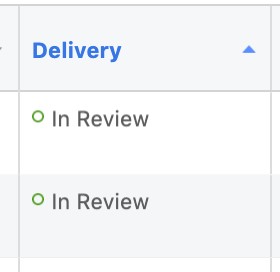
Solution:
The key to resolving an ad stuck in review is patience. Avoid making any edits to your ad during the review process. Editing an ad that's already in review will reset the review timeline, potentially prolonging the wait time for your ad to go live. It's best to wait for the initial review to complete before making any changes. This approach ensures your ad moves smoothly through the review process and starts delivering to your target audience as soon as possible.
Your Ad Qualifies as Low Quality
Facebook actively penalizes ads deemed low quality to protect user experience. Warning signs include engagement baiting content that pressures reactions, withholds essential information to mislead or uses sensationalist exaggerations promising an experience the actual landing page doesn't deliver. Any of these undermine value and trust.
Scan your ad copy and landing pages for problematic phrases. Engagement-baiting tactics beg for unnecessary shares, comments or tags instead of offering real utility. Withholding important details uses intrigue to entice clicks without transparency. Meanwhile sensational headlines set unrealistic expectations well beyond actual offerings.
Solution:
The fix requires removing any manipulative or dishonest messaging in favor of clear, accurate depictions. Describe products, services and claims truthfully using realistic language. Avoid exaggerated superlatives that overpromise. Include all relevant details to inform rather than pressure reactions. The goal is crafting ads delivering authentic utility, transparency and honesty through alignment between copy and destinations. This earns optimal quality scores for broad delivery.
You Violate the 20% Text Overlay Rule
Facebook penalizes ads with excessive text crammed onto images. Research found creative with less than 20% image text coverage outperforms more text-heavy versions. Consequently, ads exceeding recommended text allowances violate the 20% overlay rule. These low quality offenders may still get approved but reach and auction bidding suffer tremendously.
Common casualties failing to conserve text include overly salesy product images better suited for descriptions, dense event posters and overcrowded graphics. Some exceptions exist for inherent image text cases like book covers, game artwork and movie posters. But in general, most creative should avoid excessive textual elements.
Solution:
Check your ad’s images against Facebook’s Text Overlay Tool to gauge text percentage coverage. Anything near or below 20% should deliver fine. For higher results, incorporate descriptive text primarily in the main ad copy instead. If image text proves unavoidable for imagery context, use as few words as absolutely necessary. Reducing font sizes and simplifying messages brings these images closer to compliance as well. The goal is keeping text concise within images themselves while elaborating further in the main body content people click to expand. This balanced approach optimizes delivery.
You Exceeded Your Account Spending Cap
Facebook ad accounts contain overall spending limits capping total investment across campaigns. Once combined active ad costs meet this defined threshold, delivery automatically pauses for everything despite having campaign budgets remaining. Failing to regularly monitor and adjust account spending maximums as investment expands causes this break.
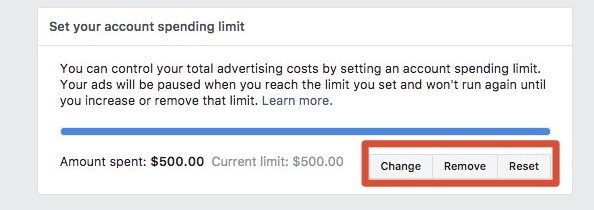
Solution:
You’ll uncover the current account limit among billing settings. Compare this figure to your total lifetime account spend showing the percentage consumed. As you approach closer to 100%, increase or completely remove the cap to prevent hitting a spending wall stopping ads.
Take proactive steps adjusting the threshold upwards in line with your monthly ad budgets and broader business growth. Remember to factor connected ad accounts using the same payment method as well since shared financing tallies collective usage. Staying ahead of ballooning spend prevents abruptly reaching account peaks that temporarily interrupt delivery despite having campaign budget funds still unspent.
You Set Inadequate Budgets and Bids
When first launching ads, advertisers often drastically underestimate requisite spends driving results. Both daily budget maximums and bid caps set too conservatively backfire by strangling the optimization process. Facebook's algorithm requires sufficient data demonstrating actual audience responses to efficiently allocate your ad.
But when you only provide $3 daily for example, the system lacks resources testing different targeting and creative permutations. So it halts spending with such limited budgets. Meanwhile, capping bids at say $2 reduces potential impression volume necessary for learning.
Solution:
Essentially, overrestricting investment prevents ads from delivering to enough people for evaluating performance.
- Set higher initial daily budgets or, better yet, overall lifetime budgets granting flexibility optimizing over longer durations.
- Use Facebook's automatic lowest cost bidding letting the algorithm determine ideal bids for your goals.
- Raise overly strict bid caps incrementally if necessary.
- Avoid aggressive daily constraints that abruptly halt optimization processes prematurely.
Give Facebook adequate budget and bidding freedom to gather behavioral data from customers guiding strategy improvements over time.
You Targeted Too Narrow of an Audience
Facebook requires a minimum audience size of 1,000 users to optimize delivery. Extensively filtering down your target segments can breach this lower threshold hindering ads. For example, rarely do ultra-specific combinations of locations, age ranges, interests and behaviors contain substantial reach. The more restrictive your parameters, the higher the likelihood of limiting visibility.
Solution:
Carefully examine current audience targeting for unnecessary precision narrowing viable customers too far. Then expand filters to cast a wider initial net touting your offerings.
- Broaden location configurations beyond just one city/state opening greater regional relevance
- Add supplemental interests and behaviors reflecting customer examples
- Upload larger customer lists with expanded match types
- Let pixels gather more site visitor data before applying tight user retargeting
- Experiment with expanded 1% and 10% Lookalike Audiences
Gradually narrow ideal parameters through the optimization process instead of over-targeting upfront. Give Facebook's algorithm sufficient data volume to determine optimal customers demonstrating response patterns. Then refine targeting accordingly.
Your Ad Lacks Conversions for Optimization
Choosing campaign optimization objectives tells Facebook’s algorithm your desired on-site actions for targeting audiences likely to complete those goals. But some aims like purchases set exceedingly high bars early on. When your ads fail driving any conversions at first, the system lacks enough data confirming audience interest for continued spending.
Without clear positive response signals, Facebook restricts impressions for poorly performing objectives. The lack of interest leaves the algorithm unsure whether viewers want to even see your messages. So it halts delivery avoiding further budget waste targeting disinterested users unlikely to convert,
Solution:
The fix requires lowering ambitions temporarily to gather engagement indicators confirming appeal. Consider switching from main purchases to add-to-cart actions representing increased, albeit intermediary, value. Or optimize for link clicks instead, tracking on-site activity while mainly focusing ad exposure reach. Once clicks establish basic demand, switch back to conversions for further optimization.
The key is demonstrating clear interest through secondary conversions informing Facebook where budget is best allocated. Jumping straight to final purchases prematurely expects stellar performance that new ads rarely achieve initially. But scaling back goals builds data on ad resonance and qualified traffic for developing targeting and creative informed by actual user behaviors. Then you can re-enable conversion optimization later backed by proof of interest.
You Have Audience Overlap Across Campaigns
Running multiple ad sets targeting highly similar users creates internal competition. Facebook’s algorithm avoids wasting budgets bidding for the same audiences across your own promotions. During the ad auction process, overlaps mean you essentially compete against yourself.
Naturally the highest value ads - whether due to stronger creative, better optimization or higher bids - will triumph the auction over other lower performing duplicates targeting the same segments. Less relevant messages see reach and conversions tank as budget gets funneled to winning variations instead.
Check for problematic overlap percentages reducing delivery through the Audience Overlap tool:
- Navigate to Audiences and select up to 5 for comparison
- Click “Show Audience Overlap” under Actions
- A chart reveals overlap data on paused ads due to identical targeting
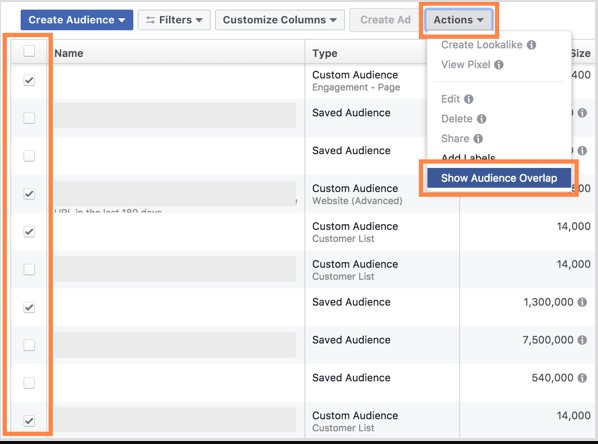
Then address alarming overlap rates by either:
- Deleting poorer performing ad variations wasting spends on already served groups to consolidate efforts into the best messages
- Combining overly similar ad sets into unified campaigns coordinated to work together
The goal is to ensure each campaign and ad set focuses on its own clear audience segment with coordinated targeting and creative differences setting each one apart. This reduces doubling up the same under-optimized attempts.
Scheduling Mishaps Stop Ad Delivery
Facebook strictly adheres to the timeframes you configure for showing ads. Set future start dates or expired end dates cause delivery failures until corrected. Additionally, manual scheduling pauses halt ads regardless of active lifetime ranges otherwise ready for eligibility.
Issues stopping display include:
- Campaigns or ad sets remain indefinitely paused missing out on impressions
- Start dates await future activation keeping ads inactive
- End dates concluding in the past signify expired inactive promotions
Address identified scheduling problems manually:
- Check campaign and ad set states to restart anything paused unnecessarily
- Edit start times pushing delivery starts up sooner as desired
- Extend end dates widely into the future to sustain ongoing exposure
Consistently verify pause statuses and start/end parameters to uphold intended timeframe visibility. Set distant future end dates by default for indefinite delivery barring manual conclusion based on goals. Enable active deployments refusing to remain idly set off missing out on potential conversion opportunities.
When your Facebook ads fail to deliver impressions or conversions, solving the root cause requires methodically troubleshooting the potential issues explored here. From violations to overly narrow targeting, fixing the specific blockade stalling your campaign is key for reviving visibility. While frustrating, learning why ads aren’t performing through Ads Manager’s status warnings informs necessary adjustments to meeting platform standards. Optimizing for real resonance takes experimentation. So leverage these troubleshooting tips addressing common “not delivering” pitfalls. Then partner with Rent Ads Agency’s experts maximizing campaign performance through their proven Facebook agency account management services.

Mohamed Fouad is a full-stack web developer and an entrepreneur who's really into advertising. He is the CEO of Rent Ads Agency, a company that helps businesses reach more customers through advertising. He graduated from Stanford University in 2018 and has over 4 years of experience in the tech industry.
